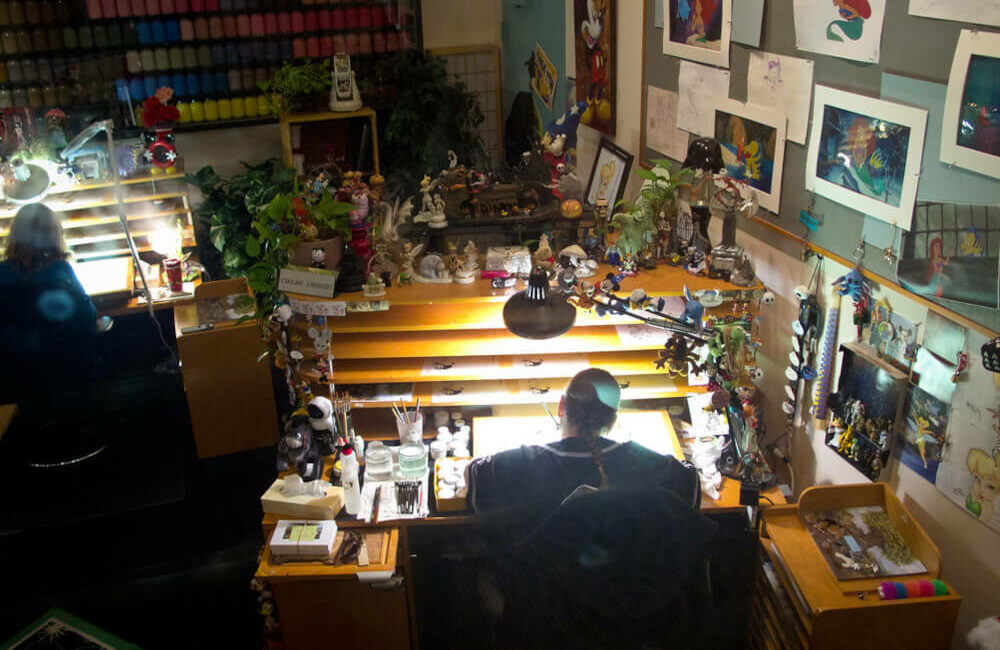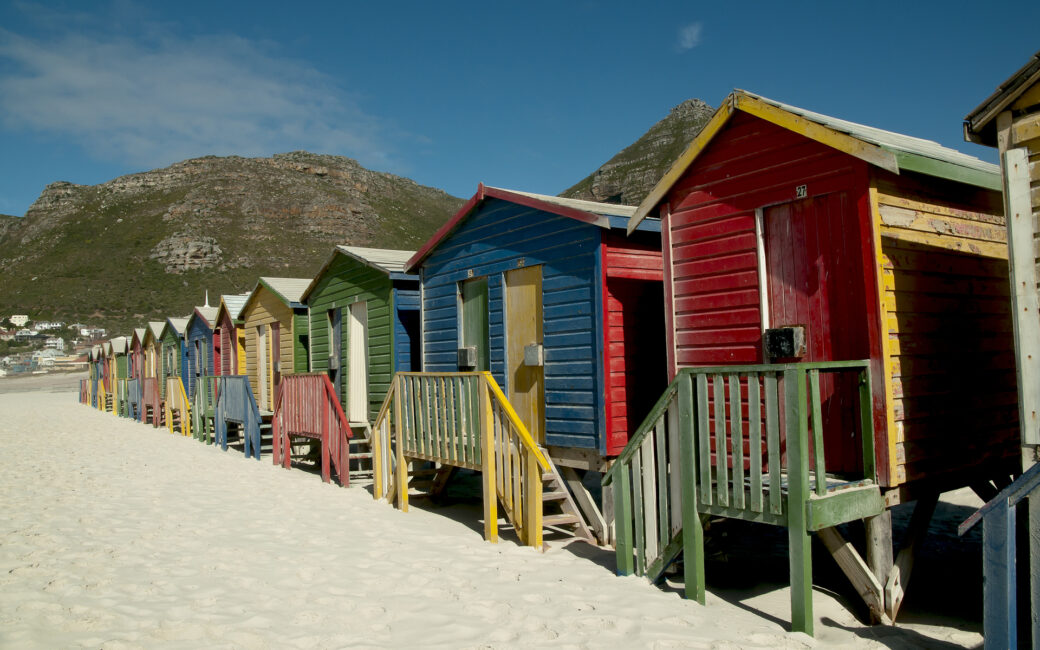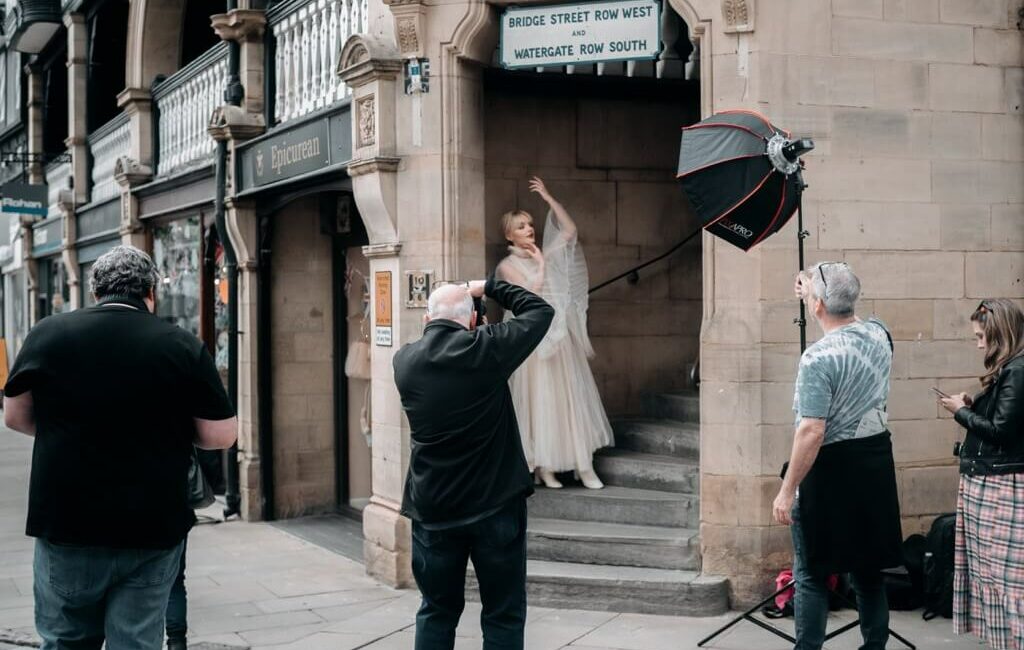The straightforward shot list is an underrated piece of equipment. Its apparent simplicity belies a robust value for filmmakers of all stripes and productions of any scale. Here, we’ll show you how to put that energy to good use on your next set. We’ll go over the fundamentals of shot lists, examine some actual shot […]
Continue readingAuthor: yloproductions.co.uk
South Africa’s Animation Sector Has French and South African Collaborators Working Together to Help It Grow
South Africa’s animator industry is getting support thanks to the National Film and Video Foundation, the French Embassy, and Gobelins, a prestigious animator institute in Paris. At this year’s Annecy International Animated Film Festival, representatives from the National Film and Video Foundation (NFVF) of South Africa and the Tshimologong Digital Innovation Precinct of the country’s […]
Continue readingThe Synergy in Fashion and Stills Production
Fashion is a continually evolving cultural phenomenon that reflects the spirit of the times and societal aesthetics, while stills production is the craft of creating static visuals that communicate ideas, stories, or emotions. The two have been intertwined since the dawn of photography, with fashion often inspiring the aesthetic direction of stills, while the techniques […]
Continue readingThe World’s Most Popular Filming Locations
We identify with more than just the characters we see in films and advertising. The setting of the story is also significant, but its significance may not be immediately apparent. It has far-reaching effects on our psyches, some of which we may not even be aware of. It doesn’t matter what type of film we’re […]
Continue readingSustainable Stills & TVC Is The Future of Production
Sustainability, once considered a mere buzzword in the business world, has now taken centre stage, making it an essential aspect in the realm of Stills and TVC production. As we confront the realities of climate change and environmental degradation, it has become incumbent upon industries across the spectrum to implement eco-friendly practices. With its high […]
Continue readingBeauty of Glen Beach: Ideal for Film and Photo Shoots
Glen Beach: The Ideal Location for Film and Photo Productions in Cape Town Nestled along the picturesque Victoria Road in Camps Bay, Cape Town, lies a hidden gem known as Glen Beach. With its pristine golden sands, crystal-clear waters, and dramatic backdrop of rugged cliffs, this secluded beach has become a popular choice for film […]
Continue readingClovelly Beach: An Enchanting Film and Photo Shoot Location
Clovelly Beach: The Ideal Setting for Film and Photo Productions in Cape Town Along the stunning coastline of Cape Town, nestled between Fish Hoek and Kalk Bay, lies the picturesque Clovelly Beach. Located along Main Road in Clovelly, this hidden gem offers a tranquil and idyllic setting that has made it a favorite spot for […]
Continue readingUnleash Your Creativity at Bikini Beach: Stunning Film and Photo Opportunities Await!
Located along Beach Road in Gordon’s Bay, Cape Town, Bikini Beach reigns supreme as an ideal location for film and photo productions in the region. With stunning natural beauty and a vibrant atmosphere, this beach has become a popular choice for both local and international filmmakers, photographers, and creatives. Bikini Beach offers the perfect backdrop […]
Continue readingThe History of Innovations in Stills & TVC Production
This historical perspective of stills and TVC production companies reveals the radical transformations in technology and audience preferences that have continually shaped this dynamic industry. Stills photography, the progenitor of visual advertising, played a significant role in transforming the way products and services were marketed. Early adopters of this medium, like Eastman Kodak, understood the […]
Continue readingA Guide Securing a Film Permit in Cape Town
In Cape Town, obtaining a film permit is essential for various filming activities, encompassing a wide range of productions like commercials, feature films, documentaries, and more. However, permits aren’t necessary for personal events like weddings or for immediate news broadcasting. Essential Conditions for Permit Requirement A film permit becomes necessary under several circumstances, particularly when […]
Continue reading






